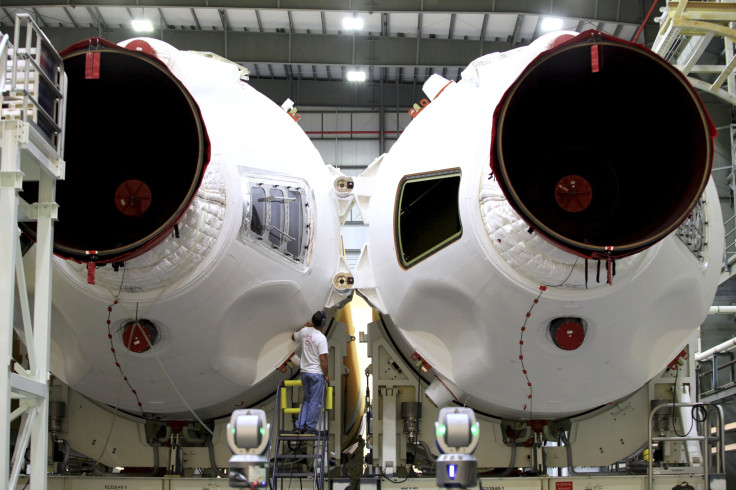NASA And Aerojet Sign $1.16B Deal For Deep Space Project Rocket Engines

NASA has signed a $1.16 billion, ten-year deal with engine manufacturer Aerojet Rocketdyne Holdings Ltd. to restart the production of engines used to launch its spaceships. The engines, known as RS-25, will be used for NASA's Space Launch System (SLS), the world’s most powerful rocket.
The SLS rocket will use four RS-25 engines to carry astronauts and the agency's Orion spacecraft on deep space missions and ultimately to Mars, NASA said. A reliable workhorse, RS-25 was earlier used in the Space Shuttle program -- the predecessor to the Space Launch System.
Under the contract, Rocketdyne would modernize the engine to have fewer parts and withstand higher forces as well as make it more affordable. SLS rockets are designed to travel further into space than earlier rockets and will not be recovered after each launch, so entirely new engines will have to be fitted on to each rocket.
The company said it had improved the RS-25 production lines since the retirement of the Space Shuttle program to incorporate new technologies such as 3D printing and fewer components to increase propulsion capacity while cutting down on manufacturing costs.
To minimize costs, NASA has decided to run the first four missions using 16 existing RS-25 engines from the Space Shuttle program, upgraded to fit the SLS. According to NASA’s roadmap, the rocket will carry people to a lunar orbit in 2020 and to the surface of Mars by 2030.
The first test flight of the SLS is scheduled for 2018.
© Copyright IBTimes 2024. All rights reserved.





















